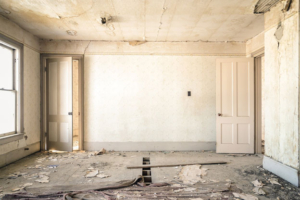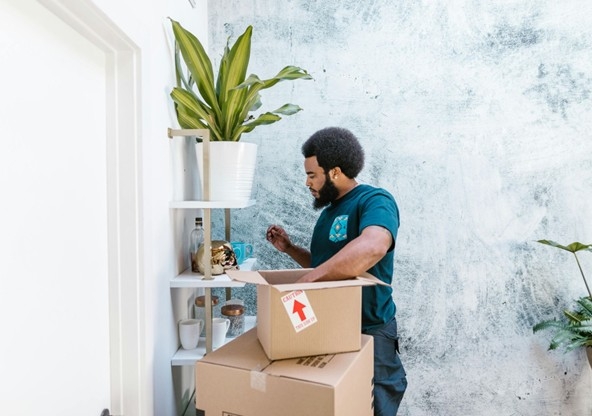
Buying a fixer-upper can save you a lot of money, but only if you’re smart with your planning and budgeting. If you choose your house poorly or put too much money into expensive repairs, a fixer-upper can end up costing you more than a regular house. Here’s how to make sure your property purchase and repair projects are successful.
Know Where to Look for Houses
Many people find fixer-uppers by looking at foreclosure notices. Mint Life recommends going to your county courthouse and asking about upcoming auctions for foreclosed properties. You could also conduct an online search for fixer-upper properties in your area and make a list of addresses. Then, you could drive by them to check them out. Or, your real estate agent can show you fixer-upper homes in your desired neighborhood. Remember, you’ll be able to negotiate a better price for a home if it’s been on the market for over 90 days.
Stay Under Budget
Most people desire fixer-uppers to save money on the purchase of a home, but just because a house is in poor condition doesn’t mean it will fit within your budget. For example, the average listing price in Las Vegas last month was $310,000, and you can expect to pay about 8 percent less for a fixer-upper. Though you can find cheaper options, make sure you pay attention to the neighborhood and surrounding amenities to avoid choosing a property in a poor location.
Of course, the cost of the house isn’t everything you’ll be paying for. Calculate the true cost of a fixer-upper by factoring in the price of repairs, inspections, permits, and financing. You’ll save money by doing most of the repairs yourself, which is more realistic in a home that only requires cosmetic fixes. Choose a house without structural damage, or you’ll end up paying a lot for professional repairs.
Plan Which Projects to Start With
Once you’ve purchased your fixer-upper, you’ll be asking yourself where to start. First, tackle projects that will allow you to safely inhabit the house as soon as possible. For example, take care of a leaky roof, mold problems, and broken windows (though you may want to enlist the help of pros when dealing with broken window glass). Next, focus on tasks that are easier to do before you’ve unpacked your belongings. Bathroom remodeling, renovating the kitchen, painting the walls, and replacing flooring are a lot easier without furniture and appliances to work around. Set up a decorated space where you can be comfortable among the chaos, such as a reading nook or a completed bedroom.
Be Safe When You’re Renovating
Safety should always be a top priority while you’re making home repairs. Purchase good-quality tools and learn how to use them correctly. Don’t use the wrong tool for the job, or you may end up damaging the tool, delaying your project timeline, or injuring yourself. You’ll probably need a variety of hand tools, including a screwdriver, chisel, and hammer. You will likely also need some power tools, such a drill, sander, and jigsaw. Lastly, always wear safety goggles when you’re working with power equipment.
Only Sell if It Makes Sense
Once you’re finished fixing up your home, it’s time to decide whether to keep living in it or sell it and move on. Perhaps you had so much fun renovating your home that you want to try flipping another, or maybe you spent more than you intended on repairs, and you need to sell to make your money back.
According to Dave Ramsey, people who want to sell their house should be free from debt and have enough money for the move. Don’t sell if you have negative equity, or you won’t make a profit on the sale. If you can’t sell the property for a positive equity, try renting out the place for some extra cash.
Plan ahead to ensure your fixer-upper turns into the house of your dreams without causing massive headaches and repair bills. Decide how much renovation work you’re willing to do, get design ideas before you start, and don’t be afraid to hire a professional if you need a second opinion or an extra set of hands
Bret Engle, DiyGuys.net




